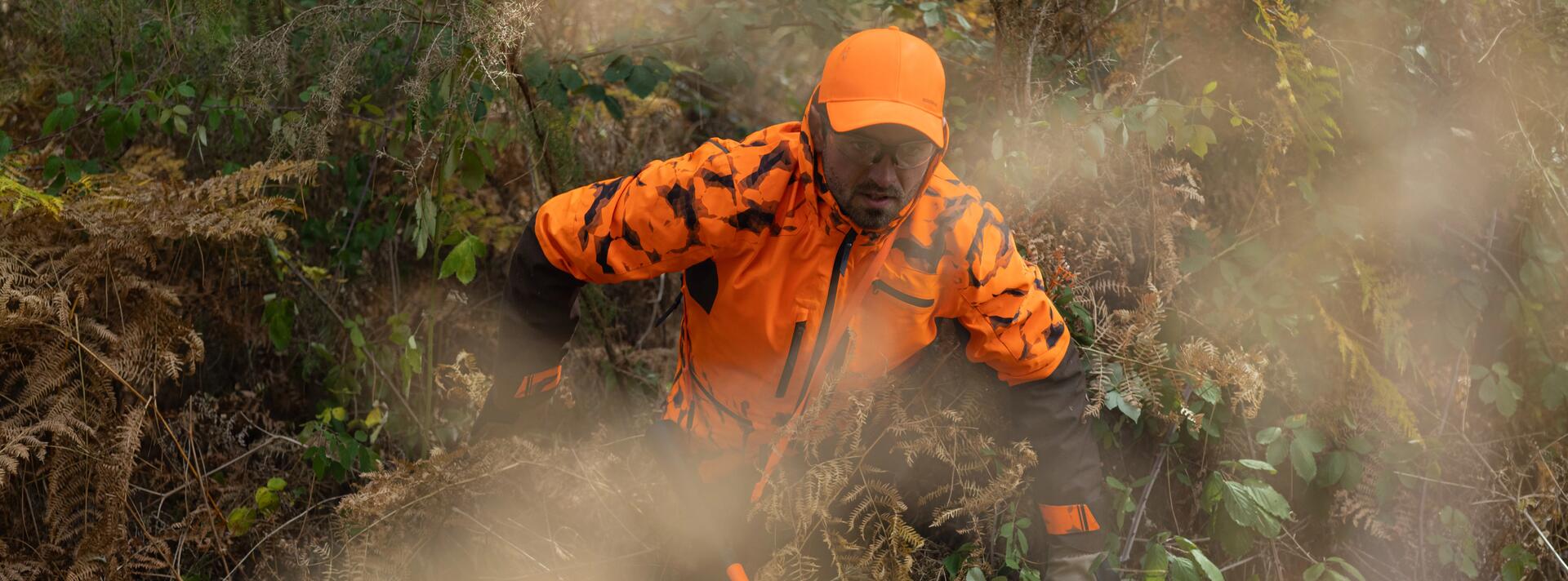Shoes Catalog 2024 - Solognac
Your hunting shoes are worn and you plan to change them ? Are you looking for a model that will suit a little rough, rugged or mountainous terrain? You need a pair resistant to aggressive vegetation rare, occasional or frequent ?








